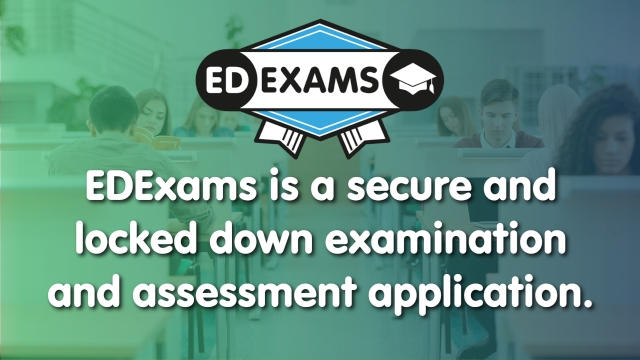The online learning revolution has opened doors for countless individuals, but it’s crucial to remember that not everyone walks through those doors at the same pace. Creating an equitable and inclusive online learning environment is no easy feat, but it’s a necessary one to ensure everyone has the opportunity to thrive.
Understanding Equity vs. Equality
Before diving into practical tips, let’s clear up some common misconceptions. Equity isn’t simply about treating everyone the same; it’s about recognising and addressing individual needs and barriers to ensure everyone has a fair chance to succeed. Think of it like providing different-sized ramps to access a building – everyone gets to the same place, but the support they need to get there varies.
1. Design with accessibility in mind
Imagine a visually impaired student struggling to navigate a text-heavy platform, or a student with motor skills difficulties unable to click through complex menus. Accessibility isn’t just a checkbox; it’s the foundation of an inclusive online learning experience.
- Use text-to-speech and screen reader compatibility when possible.
- Offer alternative formats for content, such as audio recordings and transcripts.
- Ensure clear and concise language, avoiding jargon and complex sentence structures.
- Incorporate keyboard navigation options alongside mouse controls.
2. Flexible learning options
Recognise that students or candidates have different learning styles and needs. Offer a variety of learning formats, such as text, video, audio, and interactive activities. Allow for flexible deadlines, time allowances and pacing to accommodate different schedules and learning speeds.
3. Open communication and support
Create open communication channels for students and candidates to ask questions, seek help, and share feedback. Be responsive and supportive, offering guidance and resources whenever needed. Foster a sense of community by encouraging online discussions and evaluation.
4. Technology equity
Address the digital divide by providing technology resources and internet access to students or candidates who may lack them. This could involve loaning out devices, subsidising internet costs, or offering access to on-campus computer labs.
5. Use an online platform you can trust
When learning online, or taking an exam remotely, you must choose a platform you can trust. EDExams is the perfect example of an online platform that provides equity and inclusivity. With a fully locked-down application and live invigilation incorporated, you can take an exam in an environment you feel comfortable and confident. To learn more about EDExams call 01909 384090, email mail@edexams.com or book a free online demonstration here.











